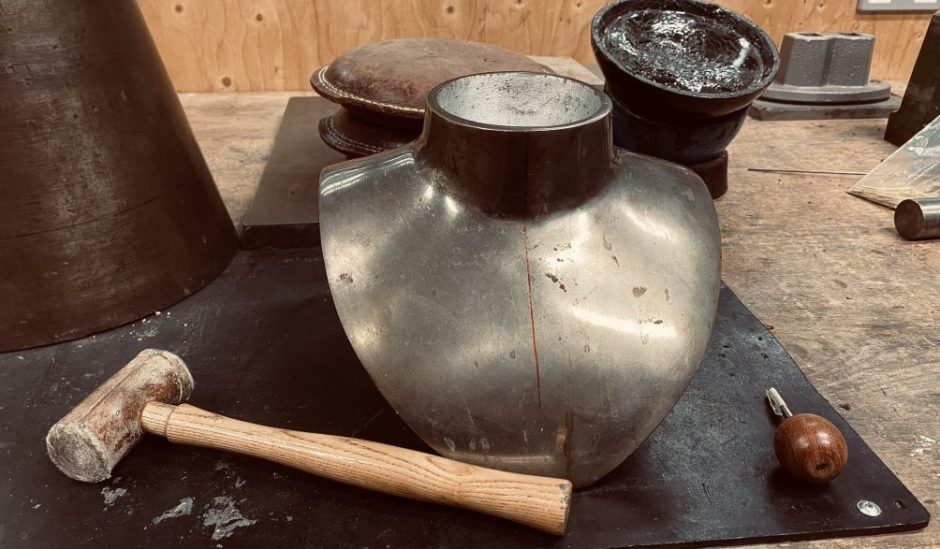As part of my initial research I wanted to get a feel for what appetite there is for carrying out these fields reports and how represented students feel within the craft technique world.
I opted for a questionnaire with just 10 questions ranging from how represented the students feel to what they would like to see being recorded, I was happy with the 27 responses and several in person approaches to write reports for techniques which I will make use of in my next area of research in testing a framework.
Below illustrated what was found:





Where to next, I recently found an excellent site ‘insight7.i0’, a site that deals with investigation through ethnographic writing and research.
By diving into the feed back I can see the trend of techniques from Asia being popular with 22% looking to investigate inlay techniques and Japanese processes being popular also despite Japanese students being a small proportion of student representation BA jewellery, leaning more towards Chinese students.
I think that creating a framework of ethnographic questions that direct students to go beyond the surface of “how-to” in a process would unlock a great deal of inspiration, understanding and knowledge. Students are already expected to write some report on their overall year in industry but this might be an interesting side project that can even draw out aspects of the placement that students had not given much thought to and their own writing allowing for investigation.
The ethnographic prompts should include elements such as:
Human behaviour, cultural and social elements, gender, materials and environment.
The goal is to go beyond the surface data of the process itself and understand that whilst these reports are being carried out that we don’t alter the environments and keep it natural when filming, photographing and recording sound.
Probe the personal side to the process and environment such as what it means to those carrying out personally, culturally or even religiously. Does the process bring calm or stress to those doing it and what habits are formed through out years of practice.
I feel the results of the 27 anonymous users of the questionnaire agree with what I feel about the need for a greater representation of processes from outwith Europe as there is a feeling of under representation and a keen interest to have a resource that might fill that void to some extent. The teaching process is a two way street where learners have resources to offer to their piers and the greater educational body and in some small way additions like that I’ve suggested could benefit many departments in decolonising the curriculum and facilitating students contributions to art & design.
Refrences
Website – ‘insight7.i0’ Analyze Qualitative Data at scale
